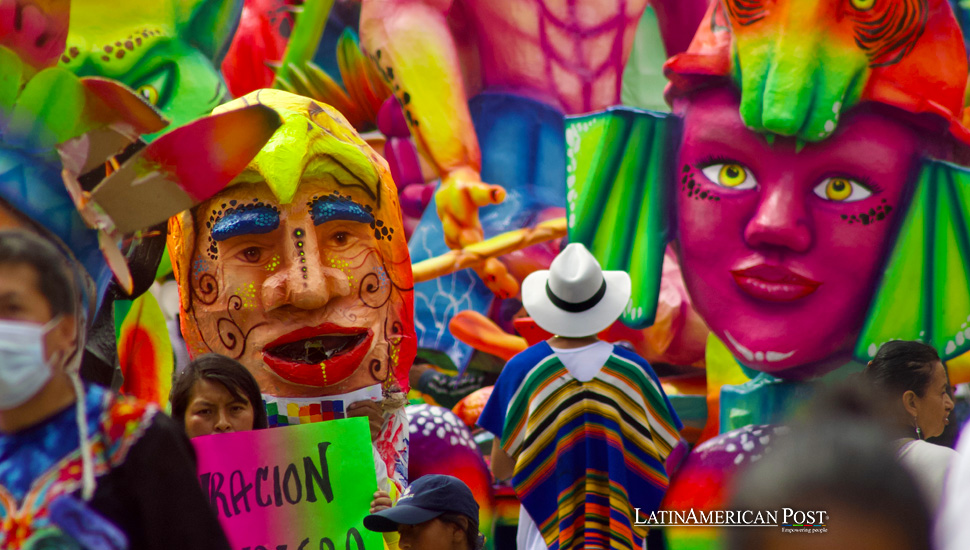Blancos y Negros Carnival: A Kaleidoscope of Colombia’s Cultural Heritage

The Blancos y Negros carnival is more than just a vibrant showcase of music, dance, and colorful costumes; it is a celebration that pulsates with historical resonance and cultural significance. As attendees immerse themselves in the festivities, they embark on a journey that traverses time, uncovering the layers of Colombia’s complex history and heritage.
Celebrating Colombia’s Rich Tapestry
At its core, this spectacular carnival is a testament to the enduring spirit of Colombia’s people, who have drawn inspiration from indigenous traditions, Spanish colonial influences, and African cultural elements. The result is a unique and multifaceted celebration that showcases the country’s rich diversity and the unity that emerges from embracing various cultural threads.
The origins of the Blancos y Negros carnival can be traced back to the indigenous groups of the region. These communities initiated the festivities to express gratitude for bountiful harvests, creating a sacred bond between nature and celebration. Over time, the carnival underwent a fascinating transformation, absorbing elements from Spanish and African fairs and celebrations.
Cultural Fusion and Evolution
The festival evolved organically as a consequence of the close interactions and exchanges that took place between indigenous peoples, Spanish colonizers, and African slaves. This cultural fusion gave birth to a unique celebration that blended indigenous rituals, Spanish customs, and African influences, resulting in the vibrant and harmonious spectacle we witness today.
The carnival is more than a commemoration of joy and unity; it is a living history book narrating Colombia’s story. It tells of the resilience of indigenous communities in the face of colonization, the echoes of slavery, and the call for independence. The festival serves as a canvas upon which these historical narratives are vividly painted through elaborate costumes, captivating dances, and symbolic processions.
Modern Extravaganza
In the modern era, the Blancos y Negros carnival has evolved into a multifaceted celebration that engages both locals and tourists alike. What was once a simple expression of gratitude has become a grand extravaganza featuring colossal figures crafted by local artisans. These larger-than-life sculptures, often satirical in nature, parade through the city’s streets, eliciting awe and wonder from onlookers.
The carnival has also become a platform for showcasing musical talent, with various genres of music filling the air, from traditional rhythms to contemporary beats. It is a testament to the dynamic cultural scene of Colombia, where tradition and modernity coexist harmoniously.
UNESCO Recognition
In recognition of its profound cultural significance, the Blancos y Negros carnival was honored by UNESCO in 2009. It was inscribed on the list of Intangible Cultural Heritage of Humanity. This prestigious acknowledgment highlights the festival’s role in preserving and celebrating Colombia’s diverse cultural heritage.
Also read: Barranquilla Pays Tribute to Shakira with a Bronze Statue of More than 6 Meters
The Blancos y Negros carnival stands as a living legacy, a vibrant testament to Colombia’s colorful past and present. It serves as a powerful reminder of the enduring power of culture to unite, inspire, and transcend boundaries. As the festival continues to captivate the hearts and minds of those who partake in its splendor, it reaffirms the importance of preserving and cherishing the diverse cultural tapestry that defines Colombia and its people.





